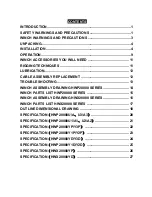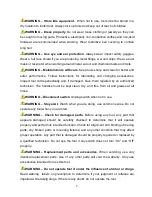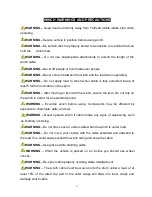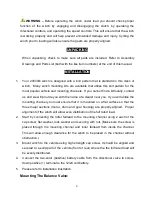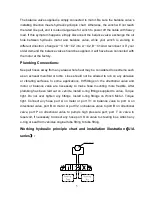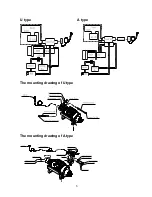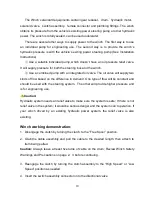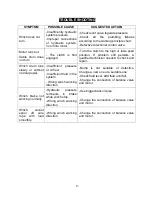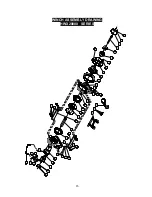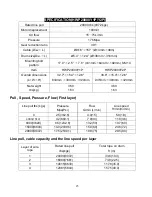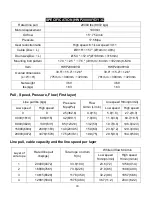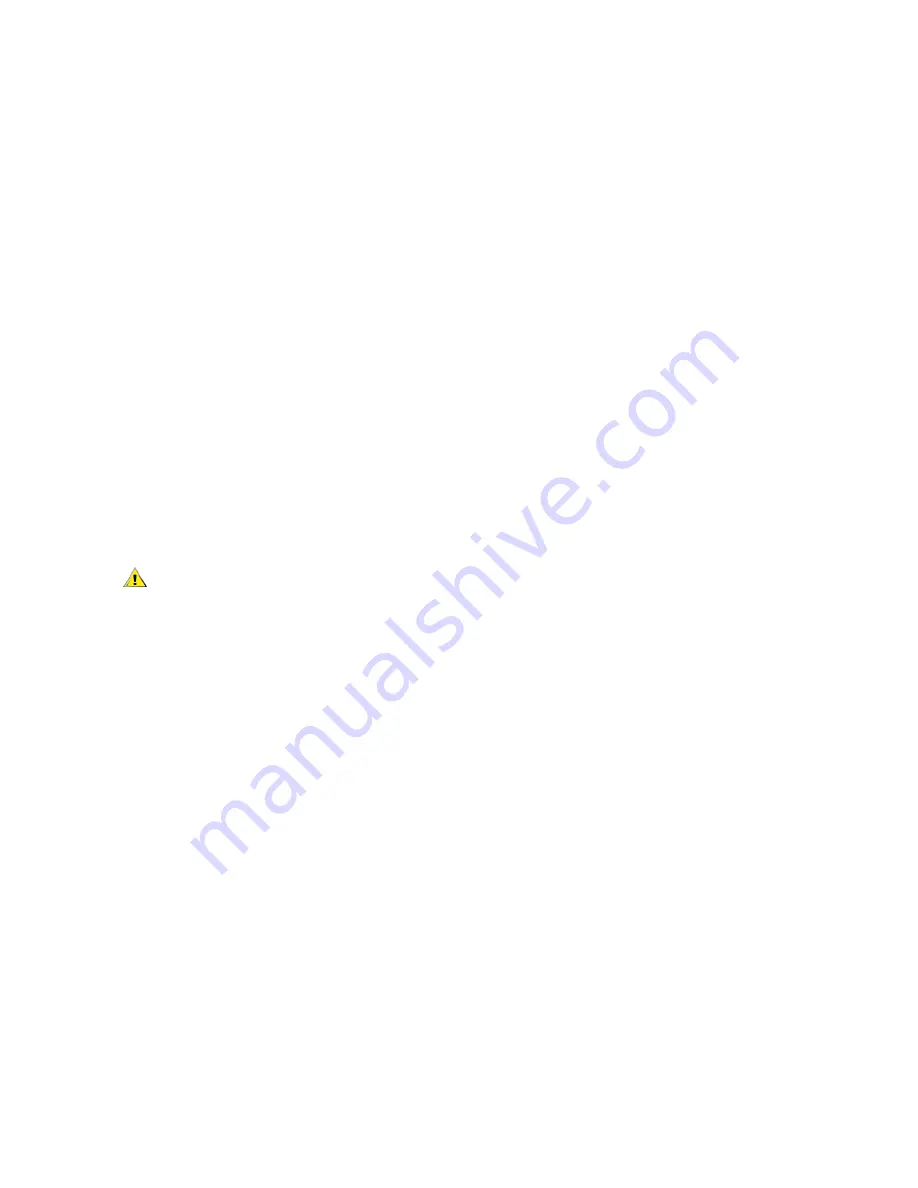
10
The Winch’s standard equipments contain gear reducer
、
drum
、
hydraulic motor
、
solenoid valve
、
switch assembly
、
female connector and plumbing fittings. The winch
obtains it
s pressure from the vehicle’s existing power steering pump or other hydraulic
power. The winch is totally sealed, can be used underwater.
There are several other ways to supply power to the winch. The first way is to use
an
individual pump for engineering use. The second way is to provide the winch’s
hydraulic pressure is with the vehicle’s exiting power steering pump (See Installation
Instructions).
①
Use a suitable individual pump, which doesn’t have an oil pressure relief valve.
It will supply pressure for both the steering box and the winch.
②
Use a combined pump with an integrated oil valve. The oil valve will supply two
kinds of flow based on the difference in demand. One type of flow will be constant and
should be used with the steering system. The other will provide higher pressure and
is for engineering use.
Caution:
Hydraulic system needs an relief valve to make sure the system is safe; If there is not
relief valve in the system; it would be serious danger and the system can
’t operation. If
your winch drived by an existing hydraulic power system, the relief valve is also
existing.
Winch working demonstration:
1. Disengage the clutch by turning the clutch to the
“Free Spool” position.
2. Grab the cable assembly and pull the cable to the desired length, then attach to
item being pulled.
Caution:
Always leave at least five turns of cable on the drum; Review Winch Safety
Warnings and Precautions on page 2
、
3 before continuing.
3. Reengage the clutch by turning the clutch assembly to the
“High Speed” or “Low
Speed
” position as needed.
4. Insert the switch assembly connector onto the directional valve


